#carl schindler
Explore tagged Tumblr posts
Text

The Capture of a Spy by Carl Schindler
#carl schindler#art#capture#capturing#spy#soldiers#soldier#camp#ruins#europe#european#history#austrian#austria#military#army#tents#tent#landscape#spies#spying#italy#italian
57 notes
·
View notes
Text
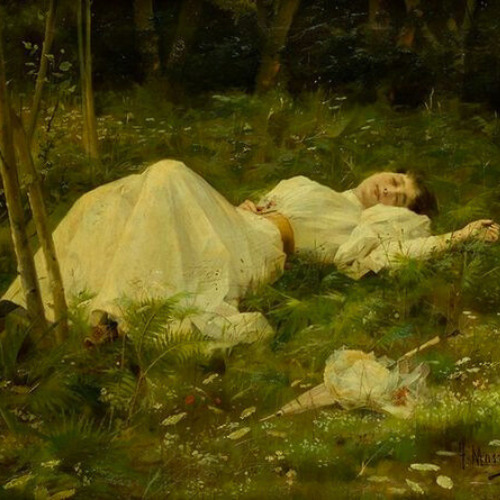
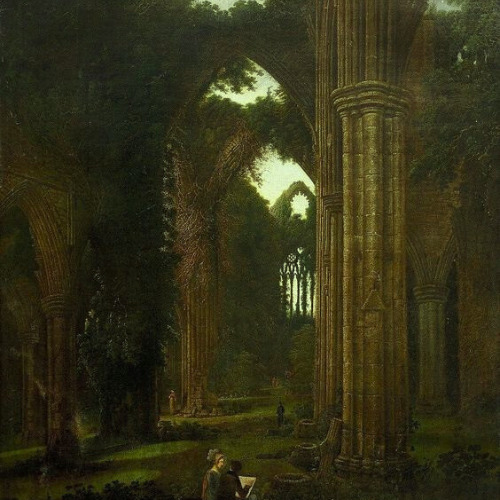
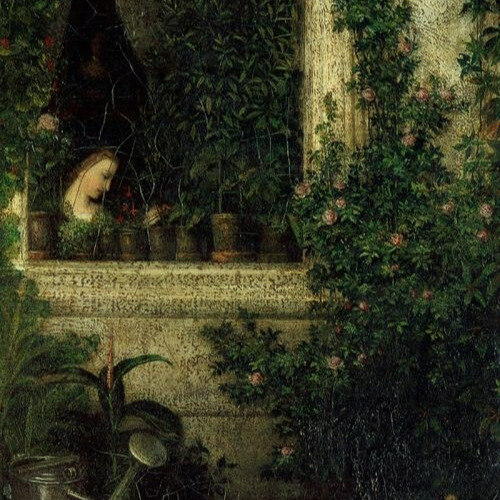

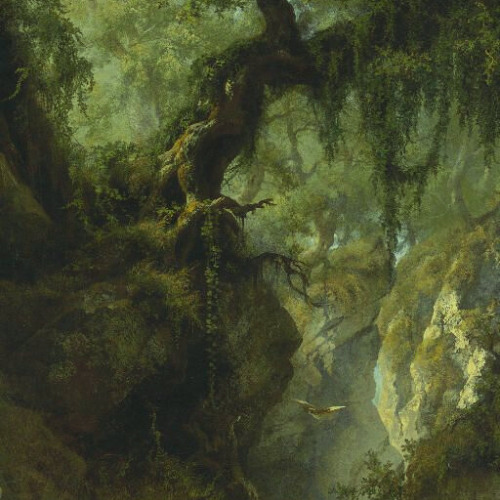
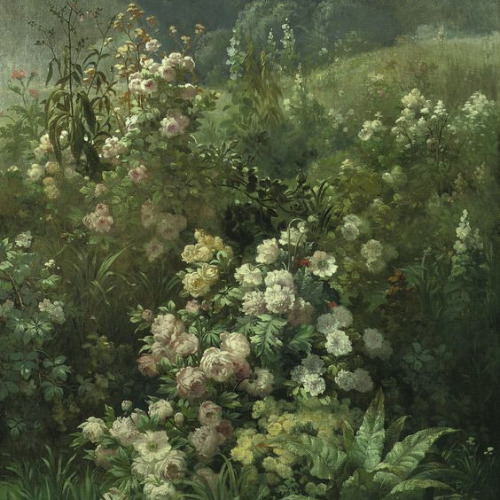

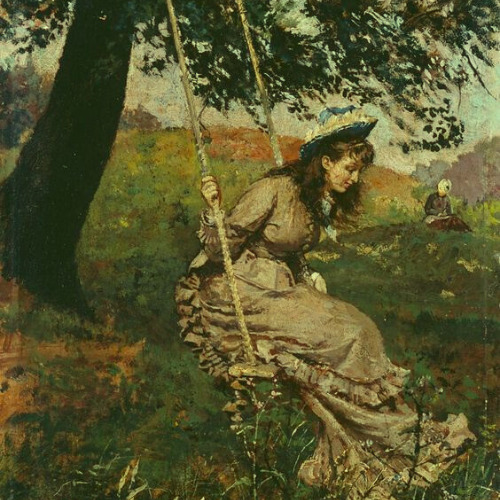
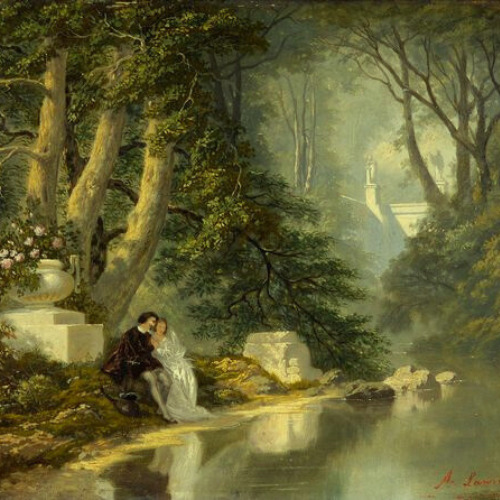
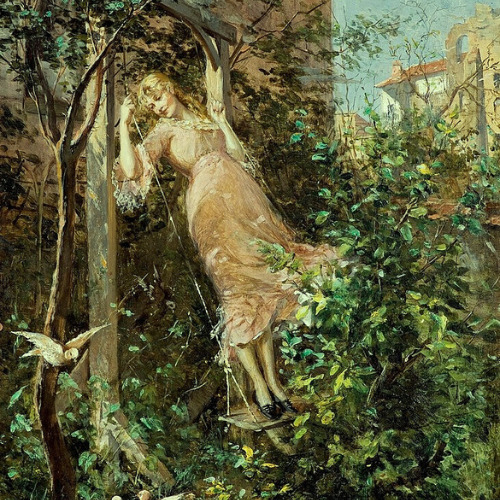
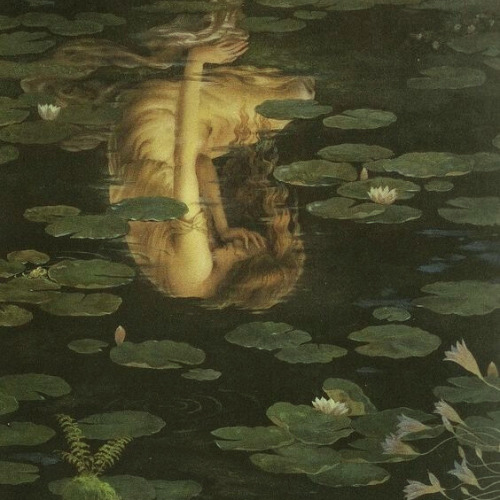

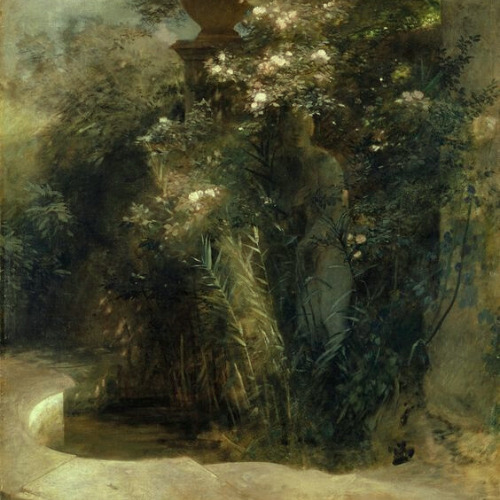
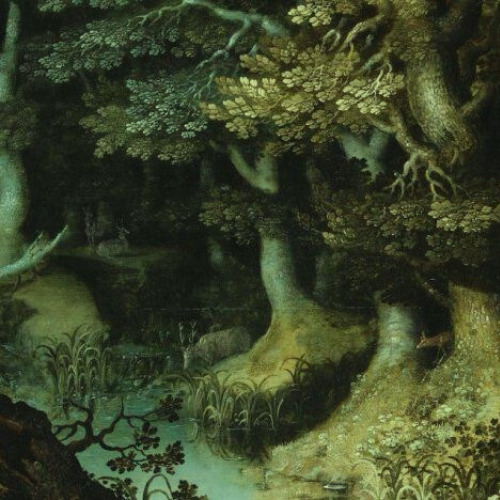

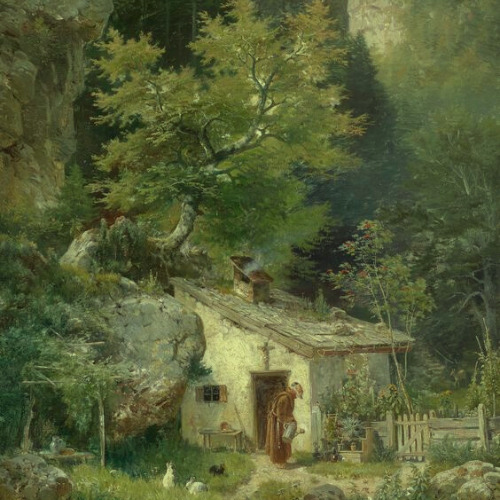
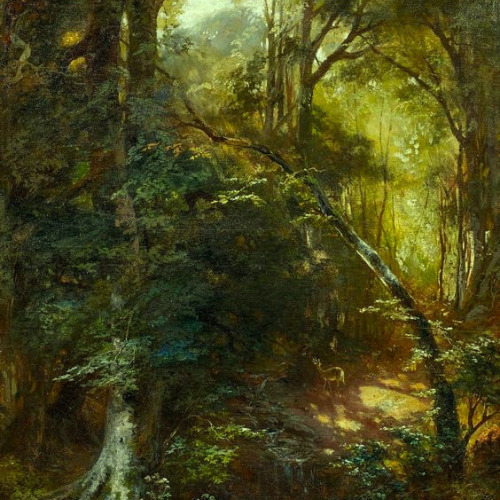



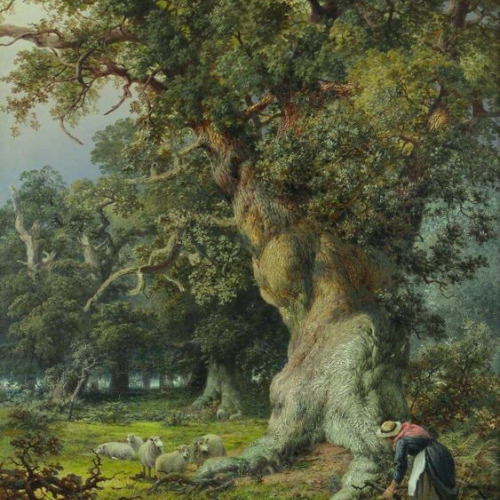
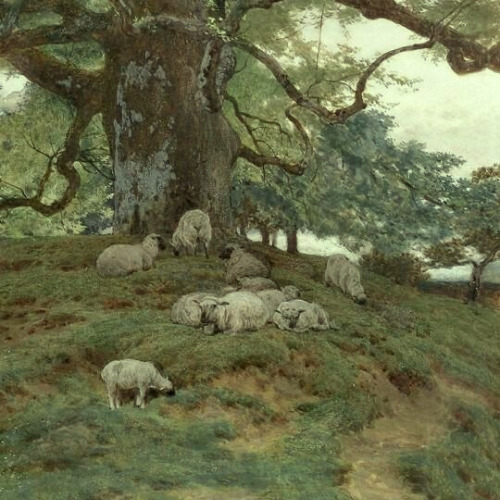
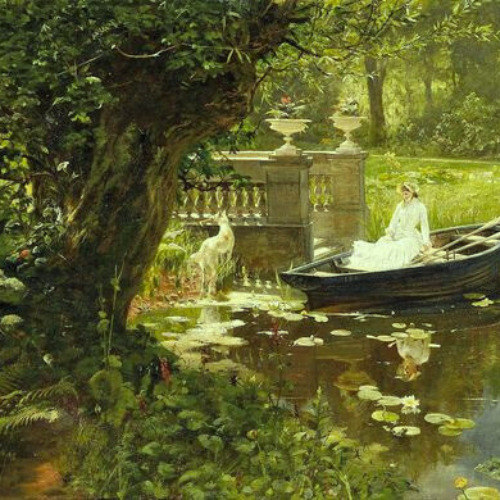
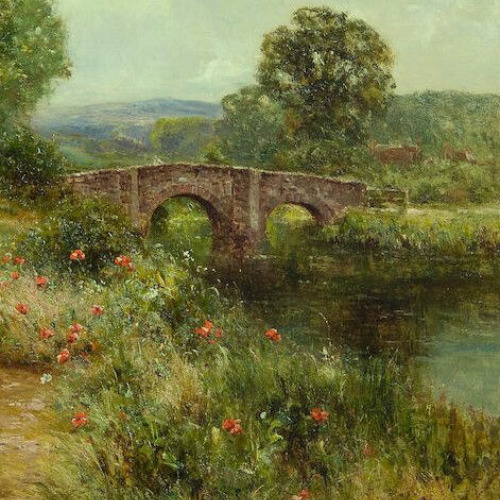
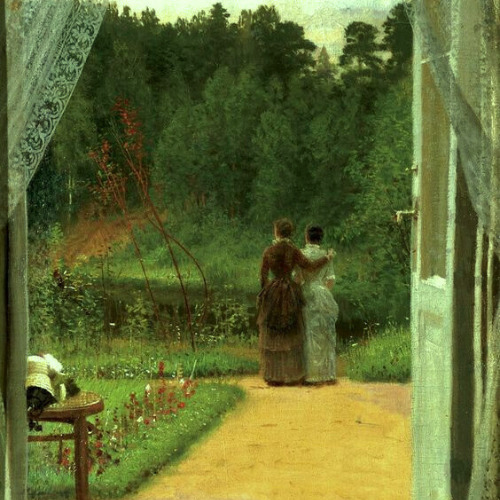

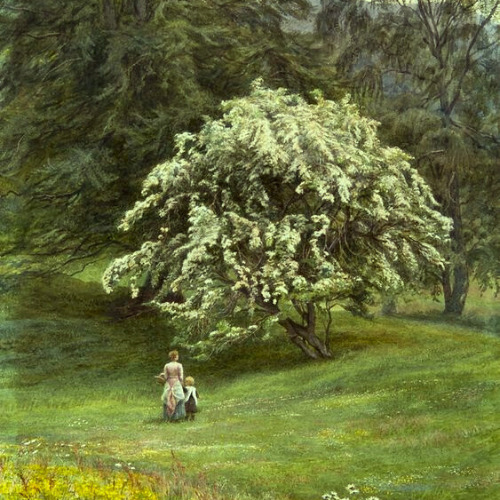

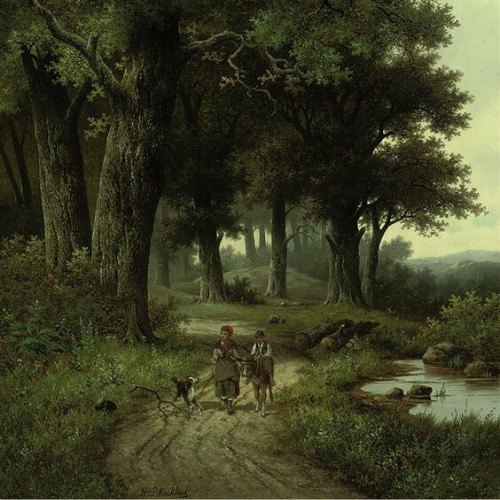

art aesthetics: cottagecore
#artist is francesc masriera#artist is samuel colman#artist is karel purkyne#artist is jan frederik pieter portielje#artist is giuseppe camino#artist is alfred petit#artist is gelhay edouard#unknown artist#artist is albert f laurens#artist is paul mewart#artist is kinuko y craft#artist is peter gardiner#artist is arnold bocklin#artist is cirosata bolarc#artist is hermann heinrich#artist is ludwig sckell#artist is carl ebert#artist is robert zund#artist is robert payton reid#artist is helen allingham#artist is frederick henry henshaw#artist is john dawson watson#artist is gustav marx#artist is ernest walbourn#artist is ivan nikoaevich kramskoy#artist is henry john yeend king#artist is edith martineau#artist is peter ludgwig kuhnen#artist is hendrik pieter koekkeok#artist is emil jakob schindler
649 notes
·
View notes
Text

The Foraging Hussar (1840)
Carl Schindler (Austrian, 1821 - 1842)
Vienna is in a tough part of town, this hussar just introduced the “drive by” to an unsuspecting pair of infantry.
#napoleonic era#napoleonic wars#napoleon#military art#history#1800s#france#military#soldier#austrian history#francis ii#cavalry#hussar
48 notes
·
View notes
Text
Mario & Sonic at Oscars Party brainstorm

For some reason Mario & Sonic is discontinued so we cannot see Nintendo and Sega making a new Olympic video game for them! If let that crossover continued, they should consider another theme... Turns out into Mario & Sonic Party is nice, but how could makes different with original Mario Party (and Sonic Shuffle)? Should consider a new theme in reality for it...
And my answer is movie. The Oscars. Let them cosplay some classic Oscars Best Pictures nominees and winners, most movies are PG-13 and if select the movie is R-rated, that rating must still 16+ on other countries.
Pauline as Robot Maria in Metropolis I added Metropolis with some selfishness reason: I feel sorry it cannot get any Oscars since that was no Best International Feature Film in 1st Oscars yet.
Bowser Jr. and Metal Sonic apart as Jack and David in Wings
Peach as Glida and Amy as Dorothy in The Wizard of Oz
Sonic as Jewish barber dressed in Hynkel (confused?) in The Great Dictator
Silver and Blaze as Mr and Mrs Bailey in It's a Wonderful Life
Mario as eponymous protagonist in Ben-Hur
Daisy as Maria and Knuckles as Captain Trapp in The Sound of Music
Bowser as Michael Corleone in The Godfather
Luigi as Carl & Tails as Bob in All the President's Men
Donkey Kong as eponymous protagonist in Rocky
Waluigi as Harold Abrahams in Chariots of Fire
Yoshi as eponymous protagonist in E.T.
Vector as Oskar Schindler in Schindler's List
Wario as Frank Costello in The Departed, or Hon Sam in Infernal Affairs the original Hong Kong version
Sticks as Katherine Johnson in Hidden Figures
Rosalina as Katharine Graham and Eggman as Ben Bradlee in The Post
Shadow and Rouge as Robert and Kitty in Oppenheimer For the system spelling problem I turns Barbenheimer into Oppie + Barbie, but more correctly is Oppenheimer costume with some Barbie Pink accessories. @dracarialove I still waiting you upload my commission in your tumblr page, please...
Finally, that game maybe release at 2027 would be better. Metropolis and Oscars 100th anniversary, baby!
#the oscars#academy awards#tier list#metropolis#The Wizard of Oz#The Great Dictator#Ben-Hur#The Sound of Music#The Godfather#Schindler's List#Infernal Affairs#Barbenheimer#Barbie#Oppenheimer#mario & sonic#mario#sonic
2 notes
·
View notes
Text
Birthdays 4.28
Beer Birthdays
Ernst F. Baruth (1842)
Louis F. Neuweiler (1848)
Tom Ciccateri (1956)
Carl Kins (1956)
Michael Demers (1966)
Abram Goldman-Armstrong (1978)
Five Favorite Birthdays
Ann-Margret; actor, singer (1941)
Kurt Gödel; Austrian mathematician (1906)
Harper Lee; writer (1926)
James Monroe; 5th President of the US (1758)
Terry Pratchett; writer (1948)
Famous Birthdays
Jessica Alba; actor (1981)
Robert Anderson; playwright (1917)
Dick Ayers; author and illustrator (1924)
Hertha Marks Ayrton; Polish-British mathematician and physicist (1854)
Jimmy Barnes; Scottish-Australian singer-songwriter (1956)
Lionel Barrymore; actor (1878)
Bart Bok; astronomer (1906)
Roberto Bolaño; Chilean novelist (1953)
Blake Bortles, American football QB (1992)
Charles Caleb Cotton; English writer (1630)
Carolyn Cassady; author (1923)
Willie Colón; Puerto Rican-American trombonist (1950)
Charles Cotton; English poet and author (1630)
Penelope Cruz; actor (1974)
Paul Guilfoyle; actor (1949)
Marie Harel; French cheesemaker (1761)
Jinky the Fruit Bat; character on David Letterman
Carolyn Jones; actor (1929)
Steve Khan; jazz musician (1947)
Bruno Kirby; actor (1949)
Yves Klein; French painter (1928)
Sylvestre François Lacroix; French mathematician (1765)
Ferruccio Lamborghini; Italian businessman (1916)
Jay Leno; comedian, television talk show host (1950)
Seymour Lubetzky; Russian-American librarian (1898)
José Malhoa; Portuguese painter (1855)
Melanie Martinez; singer (1995)
Mary McDonnell; actor (1952)
James Monroe 5th U.S. President (1758)
Bridget Moynahan; actor (1971)
Nezahualcoyotl; Acolhuan philosopher, warrior, poet and ruler (1402)
Robert Oliveri; actor (1978)
Jan Oort; Dutch astronomer (1900)
Alberto Pirelli; Italian manufacturer (1882)
Ian Rankin; Scottish author (1960)
Nate Richert; actor (1978)
Oskar Schindler; Czech-German businessman (1908)
Karl Barry Sharpless; chemist (1941)
Eugene Merle Shoemaker; geologist and astronomer (1928)
Madge Sinclair; Jamaican-American actress (1938)
Sidney Toler; actor (1874)
Tristan Tzara; Romanian-French poet (1896)
Alice Waters; chef (1944)
Kari Wuhrer; actor (1967)
1 note
·
View note
Text
Neuroendoscopy Market: Market Analysis and Future Scope 2024-2032

The Neuroendoscopy Market size was valued at USD 224.2 Million in 2023 and is expected to reach USD 346.1 Million by 2031, growing at a CAGR of 5.7% over the forecast period 2024–2031. This growth trajectory is driven by the increasing prevalence of neurological disorders, advancements in endoscopic technology, and the growing preference for minimally invasive procedures in neurosurgery.
Market Overview
Neuroendoscopy is a cutting-edge, minimally invasive surgical technique that enables the visualization and treatment of conditions within the brain and spinal cord using endoscopic devices. It significantly reduces trauma to healthy brain tissues, speeds up recovery, and lowers the risks associated with traditional open brain surgery.
As neurological conditions such as hydrocephalus, brain tumors, and skull base disorders become more common, the demand for neuroendoscopic procedures continues to rise. The market is also benefiting from rapid technological improvements, such as high-definition visualization systems and flexible endoscopes, which enhance the precision and outcomes of surgical interventions.
Get Free Sample Report @ https://www.snsinsider.com/sample-request/4190
Regional Analysis
North America holds the largest share of the neuroendoscopy market, attributed to advanced healthcare systems, higher adoption of innovative neurosurgical techniques, and increased investments in neurological research.
Europe follows with a strong market base, driven by rising awareness of minimally invasive procedures and access to well-established healthcare facilities.
Asia-Pacific is witnessing the fastest growth due to the increasing patient population, expanding medical infrastructure, and rising government initiatives to improve neurological care.
Latin America and Middle East & Africa are gradually progressing, supported by healthcare development programs and growing investments in medical technologies.
Market Segmentation
By Product:
Rigid Neuroendoscopes
Flexible Neuroendoscopes
By Application:
Intraventricular Neuroendoscopy
Transnasal Neuroendoscopy
Transcranial Neuroendoscopy
By Usability:
Reusable Neuroendoscopes
Disposable Neuroendoscopes
By End-User:
Hospitals
Ambulatory Surgical Centers
Others
Key Players
Ackermann Instrumente GmbH (Neuroendoscopy Sheaths, Working Element for Neuroendoscopy)
Adeor Medical AG (Ultrasonic Aspirator, Velocity Neuroendoscopy System)
B. Braun Melsungen AG (Lotta Neuroendoscope, Aesculap MINOP System)
Carl Zeiss Meditec AG (Zeiss Group) (Kinevo 900, TIVATO 700)
Clarus Medical (NeuroNavigator, MiniScope Neuroendoscope)
Joimax (EndoLIF Lumbar System, MultiZYTE Neuro)
Karl Storz SE & Co. KG (Lotta System, MINOP InVent Neuroendoscope)
Machida Endoscope Co. Ltd (Flexible Neuroendoscope Model NSI-F4, Rigid Neuroendoscope Model NSI-R4)
Medtronic (StealthStation System, Midas Rex MR8 High-Speed Drill)
Olympus Corporation (Visera 4K UHD System, ENDOEYE Flex 3D)
Richard Wolf GmbH (LOTTA HD Neuroendoscope, Endocam Logic 4K)
Schindler Endoskopie Technologie GmbH (Rigid Neuroendoscopes, Pediatric Neuroendoscopy Sheaths)
Söring GmbH (Ultrasonic Surgical System, Sonoca 300)
Stryker (1688 AIM 4K Platform, PneumoClear Insufflator)
Tonglu Wanhe Medical Instrument Co. Ltd (Neuroendoscopy Rigid Scope, Neuroendoscopy Sheath System)
Visionsense (a Medtronic brand) (VS3D Visualization System, Visionsense 3D Camera)
Rudolf Medical GmbH + Co. KG (Rigid Neuroendoscope, Endoscopic Suction and Irrigation System)
NeuroVista Corporation (Neurostimulator System, Implantable Seizure Advisory Device)
Aesculap (a division of B. Braun) (MINOP Explorer, MINOP Straight Forward Telescope)
XION GmbH (EndoCompact Neuro, Matrix Spectar Camera System)
Key Highlights
Growing incidence of brain tumors and hydrocephalus is boosting demand.
Preference for minimally invasive surgeries continues to rise.
Technological advancements in neuroendoscopic visualization tools.
Increasing training programs and surgeon awareness globally.
Rising investments in healthcare infrastructure in emerging markets.
Future Outlook
The future of the neuroendoscopy market is expected to be shaped by ongoing innovations in surgical technology and increasing focus on patient outcomes. Artificial intelligence, robotics, and image-guided surgery are likely to revolutionize neuroendoscopic techniques, making them safer, more efficient, and more accessible. As healthcare systems worldwide continue to emphasize cost-effective, minimally invasive solutions, the neuroendoscopy market is positioned for sustained global expansion.
Conclusion
With an increasing number of patients seeking minimally invasive treatment options and technology evolving rapidly, the neuroendoscopy market is set to achieve significant growth. Market participants who invest in R&D, broaden their geographic presence, and focus on surgeon training and equipment accessibility are expected to lead the way in this dynamic and life-changing medical field.
Contact Us: Jagney Dave - Vice President of Client Engagement Phone: +1-315 636 4242 (US) | +44- 20 3290 5010 (UK)
Other Related Reports:
Cell Viability Assay Market
Medical Power Supply Market
Post Traumatic Stress Disorder Treatment Market
MRI Guided Neurosurgical Ablation Market
#Neuroendoscopy Market#Neuroendoscopy Market Share#Neuroendoscopy Market Trends#Neuroendoscopy Market Size
0 notes
Text
Magnus von Horn, The girl with the needle, 2025

La prima impressione è stata quella di tornare dentro, all'interno, del film Schindler's list. Dentro nel senso che quel film, soprattutto in sala, tu non lo vedevi, vi eri dentro. Giravi per le strade del ghetto, guardandoti intorno con i tuoi occhi, i tuoi stessi occhi. Poi dopo un po' ho capito che non si trattava solo di Schindler's list ma anche di Ordet, il messia di Carl T.Dreyer, il grande maestro danese, anch'esso danese. In realtà la storia non ha niente a che vedere nè con l'uno nè con l'altro, o forse no, in realtà c'è qualcosa in comune.
Il film è una sofferenza, chiariamo. Per la protagonista, per lo spettatore. Una sofferenza unica. Una visione agghiacciante. Altro che horror. Terrore vero, e tutto è ispirato a fatti reali. La ragazza, che abita in una bettola, viene sfrattata. Penso ai condomini luridi del romanzo di Bulgakov, Maestro e Margherita. Roba così. Ma lei non ha i soldi e la buttano fuori. Allora chiede per un'altra camera e scopre che l'unica che si può permettere è una soffitta fradicia d'acqua, piena di muffa, un posto che spaventerebbe anche un adulatore dell'acqua stagnante come Tarkovskij. Una palude. Poi la ragazza trova un posto in fabbrica. Siccome è uno schianto il padrone si innamora di lei, o, almeno, è attratto da lei.
Non diciamo nulla. Chiaro che non ne imbrocca una giusta, non giriamoci troppo intorno. Il marito sembrava morto in guerra e invece ricompare, sfigurato, una specie di Elephant man, che diventa subito, manco a dirlo, attrazione del circo.
Aborti, infanticidi. Ma la ragazza è forte, ha sempre una luce di speranza e di rivalsa dentro agli occhi. Diventa sempre meno ingenua, impara la lezione, dote molto rara, PREZIOSA.
Sì, è brava, ragiona.
Finale splendido.
Da non perdere.
E se qualcuno osa dire che non devo usare la parola capolavoro, se la vedrà con me, parola mia.
Yodas Crew
0 notes
Text
The Body Politic: Long Island Biennial 2024
In 2024—a year of global elections, as some 60 countries representing half of the world’s populations hold regional and national leadership votes—The Heckscher Museum of Art invited Long Island artists to submit work which engages with contemporary social, cultural, or political issues. The Museum received 762 artwork submissions from 313 artists, and the result, The Body Politic: Long Island Biennial 2024 features exceptional art from contemporary artists in a compelling museum-wide exhibition that features 79 works of art accepted from 60 artists.
The jurors for the 2024 Long Island Biennial were Ian Alteveer, Beal Family Chair of the Department of Contemporary Art, Museum of Fine Arts, Boston; Patricia Cronin, sculptor, Artistic Director of the LGBTQ+ VR Museum and Distinguished Professor of Art, Brooklyn College; and Grace Hong, Assistant Director, Galerie Lelong & Co.
The artists chosen represent the breadth of communities across Suffolk and Nassau counties and the exhibition encompasses a remarkable variety of media with styles spanning abstraction to hyperrealism. “We remain committed to sharing inspiring and thought-provoking new art with our visitors.” said Heather Arnet, Executive Director & CEO. The 8th edition of the Long Island Biennial “will resonate with the entire community given the diversity in artists and the universality of the important themes in their work.”
Long Island Biennial 2024 Exhibiting Artists
Edward Acosta, Commack Kelynn Zena Alder, Saint James Herold Alexis, Medford Andrea Baatz, Bohemia Monica Banks, East Hampton Dasha Bazanova, Greenvale Karl Bourke, Huntington Station Nancy Bueti-Randall, Stony Brook Charis J. Carmichael Braun, Northport Fernando Carpaneda, Freeport Hwa Young Caruso, East Meadow Jennifer Lewis, Seaford John Cino, Patchogue Angela Classi, Manhasset Teresa Cromwell, West Sayville Madeline Daversa, S. Jamesport Riccarda de Eccher, Oyster Bay Cove Ruth Douzinas, Lloyd Harbor Sally B. Edelstein, Huntington Kailee S. Finn, Valley Stream Julie Flores, Great Neck Jeremy Grand, Bellport Justin Greenwald, Bay Shore Robert V. Guido, Halesite Glen Hansen, South Jamesport RJT Haynes, East Hampton Jeffrey Herschenhous, Merrick Lori Horowitz, Dix Hills Anna Jurinich, Wading River Joan Kim Suzuki, Jericho Jane Kirkwood, Riverhead Karen L. Kirshner, East Meadow Sheryl Ruth Kolitsopoulos, Port Washington Jenny Patten La Monica, Massapequa Park Emily Rose Larsen, Ridge Neil Leinwohl, Rockville Centre Barbara Ludwig, Port Jefferson Station Alisa M. Shea, Northport Manuel Alejandro Macarrulla, Carle Place Lili Nickolina Maglione, Cold Spring Harbor Paul Mele, Island Park Julia Jane Moore, Poquott Kenny Ng, Huntington Jessica Penagos, Seaford Gail Postal, Montauk Melissa Pressler, Southold James E. Rice, Floral Park Lauren Ruiz, Bellport Blue Ruthen, Plainview Nathaniel Schindler, Rocky Point Laura Siegelman, Plainview Susan Kozodoy Silkowitz, Lynbrook Lauren Skelly Bailey, Hicksville Maria Spector, Babylon Lisa Stanko, Ronkonkoma Adam L. Straus, Riverhead Ezra Thompson, Port Jefferson Station Pinky Urmaza, Huntington Mark W. Van Wagner, East Patchogue Christian Wilbur, Huntington
1 note
·
View note
Photo

Carl Schindler - Austrian officer with a fallen comrade (1840)
22 notes
·
View notes
Photo










♥︎♥︎♥︎
#wie könnte jemand Fan von einem anderen Verein sein?!#aaaach ich hab Euch alle so lieb!!#(hätt' gern noch ein Vale-Bild aber irgendwo gibts das bestimmt)#1. FC Nürnberg#Wir sind der Club#v. l. n. r.#Manuel Schäffler#Pascal Köpke#Eric Shuranov#Robert Klauß#Lukas Schleimer#Carl Klaus#Christian Mathenia#Tom Krauß#Tim Handwerker#Asger Sørensen#Fabian Nürnberger#Mats Møller Dæhli#Christopher Schindler#Jens Castrop#Erik Shuranov#Taylan Duman#Nikola Dovedan#Kilian Fischer#Johannes Geis#und trotzdem#Enrico Valentini#Ihr seid einfach alle so toll#2. Bundesliga#Fußball
4 notes
·
View notes
Photo

Oskar KOKOSCHKA - “Alma Mahler und Oskar Kokoschka” - “Alma Mahler and Oskar Kokoschka” (1913)
#oskar kokoschka#alma mahler#vienna 1900#wien 1900#alma mahler werfel#emil jakob schindler#gustav mahler#franz werfel#carl moll#gustav klimt#vienna secession#wiener secession#jugendstil#vienne 1900#vienna#wien
37 notes
·
View notes
Text

Carl Moll (Austrian, 23 April 1861 – 13 April 1945)
The View from Schindler's Window, 1886
7 notes
·
View notes
Photo



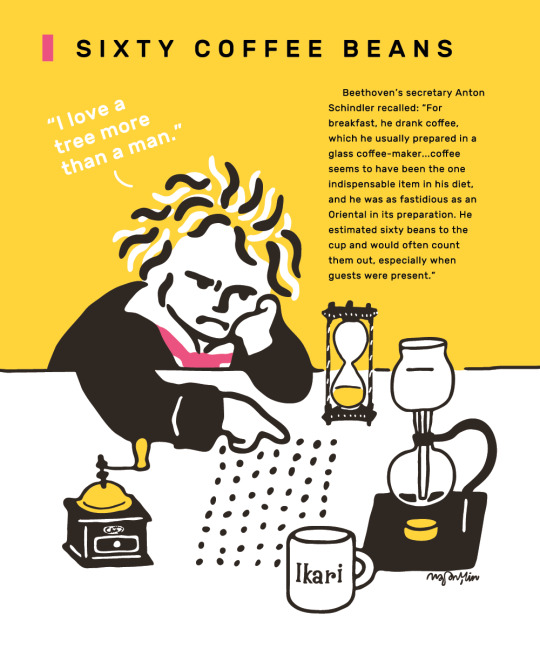

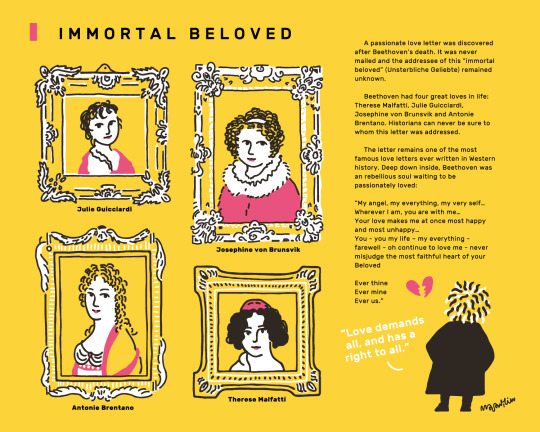


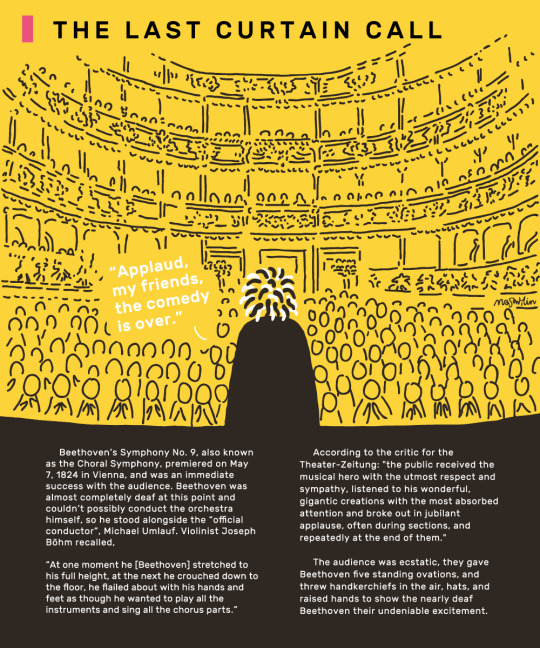
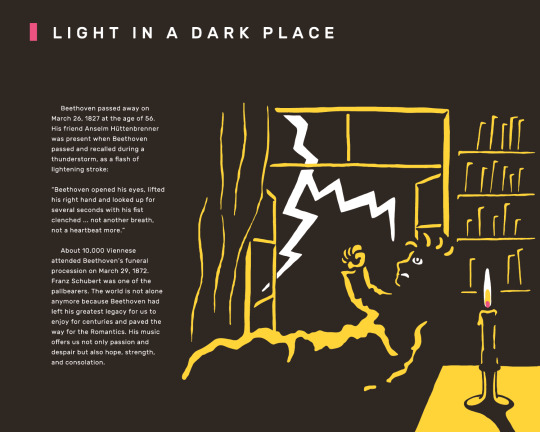
01 BEETHOVEN THE TITAN
Ludwig van Beethoven was born in Bonn, Germany, on December 16, 1770, the son of a court musician. His father was determined to make him a child prodigy and trained him vigorously.
Once the young Beethoven played for Mozart and afterwards Mozart commented, “Mark that young man, he will make a name for himself in the world.”
Beethoven eventually became one of the greatest musical geniuses ever lived and was best known for his nine symphonies. He played an crucial part in connecting the Classical and Romantic styles of Western music.
His life was heroic but at the same time tragic, much like his music.
03 CONVERSATION IN A CAFE
From 1818 onwards, Beethoven started carrying blank “conversation books” in order to communicate with friends and acquaintances. They would write in his conversation book, to which he would reply.
In 1823, once when Beethoven was visiting his favorite coffee house, a stranger suffering the same hearing condition as Beethoven approached him and sought his advice, to which Beethoven replied:
“Baths [and] country air could improve many things. Just do not use mechanical devices [ear trumpets] too early; by abstaining from using them, I have fairly preserved my left ear in this way…When possible, [conversing] through writing is better; the hearing will be spared.”
04 SIXTY COFFEE BEANS
Beethoven’s secretary Anton Schindler recalled: “For breakfast, he drank coffee, which he usually prepared in a glass coffee-maker…coffee seems to have been the one indispensable item in his diet, and he was as fastidious as an Oriental in its preparation. He estimated sixty beans to the cup and would often count them out, especially when guests were present.”
05 BEETHOVEN’S MENU
Beethoven loved fish and especially sea bass and codfish. He also loved his coffee in the morning and when friends came to visit, he would make them his other favorite dish, macaroni with butter and cheese. He also enjoyed soup with twelve drowned eggs. When it came to beverages, Beethoven preferred flat water and light Austrian wine.
06 FÜR ELISE
Beethoven’s ‘Für Elise’ is most likely dedicated to Therese Malfatti, a woman to whom Beethoven proposed in 1810. Malfatti also had the original ‘Für Elise’ manuscript in her possession.
Beethoven once wrote to Malfatti: “Bear me in memory—no one can wish you a brighter, happier life than I—even should it be that you care not at all for your devoted servant and friend, Beethoven.”
‘Für Elise’ is especially well-known in Taiwan because it is the music that accompanies garbage trucks. The trucks were imported from Germany and the piece ‘Für Elise’ was already installed in the trucks before they were imported.
07 IMMORTAL BELOVED
A passionate love letter was discovered after Beethoven’s death. It was never mailed and the addressee of this “immortal beloved” (Unsterbliche Geliebte) remained unknown.
Beethoven had four great loves in life: Therese Malfatti, Julie Guicciardi, Josephine von Brunsvik and Antonie Brentano. Historians can never be sure to whom this letter was addressed.
The letter remains one of the most famous love letters ever written in Western history. Deep down inside, Beethoven was an rebellious soul waiting to be passionately loved:
“My angel, my everything, my very self… Wherever I am, you are with me… Your love makes me at once most happy and most unhappy… You - you my life – my everything - farewell - oh continue to love me - never misjudge the most faithful heart of your Beloved
Ever thine Ever mine Ever us.”
08 THE WORLD CAN’T BE HEARD
Beethoven first noticed he was gradually losing his hearing when he was 28, at the height of his early fame. By 1802, his hearing only worsened but the proud Beethoven did not want the cultural circle in Vienna to find out about his defect, so he often withdrew from social life.
In the Heiligenstadt Testament, a letter written by Beethoven to his brothers Carl and Johann, Beethoven described the despair he felt about slowly losing his hearing and how he even contemplated suicide:
“If I apporach near to people a hot terror seizes upon me and I fear being exposed to the danger that my condition might be noticed…I would have ended my life—it was only my art that held me back. Ah, it seemed to me impoosible to leave this world until I had brought forth all that I felt was within me…”
09 SYMPHONY NO.5 ‘FATE’
The premiere of Beethoven’s 5th Symphony took place in Vienna’s Theater an der Wien on Dec. 22, 1808, conducted by Beethoven himself. Although the premiere did not garner immediate success, later writer/music critic E.T.A Hoffmann praised the symphony with this imagery:
“Radiant beams shoot through this region’s deep night, and we become aware of gigantic shadows which, rocking back and forth, close in on us and destroy everything within us except the pain of endless longing—a longing in which every pleasure that rose up in jubilant tones sinks and succumbs, and only through this pain, which, while consuming but not destroying love, hope, and joy, tries to burst our breasts with full-voiced harmonies of all the passions, we live on and are captivated beholders of the spirits.”
10 THE LAST CURTAIN CALL
Beethoven’s Symphony No. 9, also known as the Choral Symphony, premiered on May 7, 1824 in Vienna, and was an immediate success with the audience. Beethoven was almost completely deaf at this point and couldn’t possibly conduct the orchestra himself, so he stood alongside the “official conductor”, Michael Umlauf. Violinist Joseph Böhm recalled,
“At one moment he [Beethoven] stretched to his full height, at the next he crouched down to the floor, he flailed about with his hands and feet as though he wanted to play all the instruments and sing all the chorus parts.”
According to the critic for the Theater-Zeitung: “the public received the musical hero with the utmost respect and sympathy, listened to his wonderful, gigantic creations with the most absorbed attention and broke out in jubilant applause, often during sections, and repeatedly at the end of them.”
The audience was ecstatic, they gave Beethoven five standing ovations, and threw handkerchiefs in the air, hats, and raised hands to show the nearly deaf Beethoven their undeniable excitement.
11 LIGHT IN A DARK PLACE
Beethoven passed away on March 26, 1827 at the age of 56. His friend Anselm Hüttenbrenner was present when Beethoven passed and recalled during a thunderstorm, as a flash of lightening stroke:
“Beethoven opened his eyes, lifted his right hand and looked up for several seconds with his fist clenched … not another breath, not a heartbeat more.”
About 10,000 Viennese attended Beethoven’s funeral procession on March 29, 1872. Franz Schubert was one of the pallbearers. The world is not alone anymore because Beethoven had left his greatest legacy for us to enjoy for centuries and paved the way for the Romantics. His music offers us not only passion and despair but also hope, strength, and consolation.
210 notes
·
View notes
Text










A Stroll Through Time
Carl Moll (1861-1945), Austrian painter and gallery director.
He is the founder of the Austrian Art Nouveau movement, the Sezession, with Gustav Klimt (1862-1918). He was a Nazi sympathizer, and committed suicide when the Red Army arrived in April 1945.
His heterogeneous style followed the artistic evolutions of his time, at the crossroads of the 19th and 20th centuries.
(The pictures shows, in order, the evolution of Carl Moll's style: Watermill in Goisern - after Emil Jakob Schindler, Wassermühle in Goisern - nach Emil Jakob Schindler, 1884 ; A street in Ragusa, 1887 ; The Roman ruin in Schönbrunn, Die Römische Ruine in Schönbrunn, 1891 ; The Naschmarkt in Vienna, Der Naschmarkt in Wien, 1894 ; View from the Hohe Warte towards Heiligenstadt, Blick von der Hohen Warte auf Heiligenstadt, circa 1900 ; Stroll in the gardens of the Votivkirche, between 1902 and 1903 ; Girl in the flower meadow, Mädchen in der Blumenwiese, 1909 ; Döbling Wien, 1916 ; Santa Maria della Salute, Venice, 1923 ; and finally, Waidhofen an der Ybbs, circa 1938)
#art#art history#art nouveau#19th century#20th century#carl moll#gustav klimt#austrian art#austrian artist#aesthetic art#art aesthetic
300 notes
·
View notes
Text
Birthdays 4.28
Beer Birthdays
Ernst F. Baruth (1842)
Louis F. Neuweiler (1848)
Tom Ciccateri (1956)
Carl Kins (1956)
Michael Demers (1966)
Abram Goldman-Armstrong (1978)
Five Favorite Birthdays
Ann-Margret; actor, singer (1941)
Kurt Gödel; Austrian mathematician (1906)
Harper Lee; writer (1926)
James Monroe; 5th President of the US (1758)
Terry Pratchett; writer (1948)
Famous Birthdays
Jessica Alba; actor (1981)
Robert Anderson; playwright (1917)
Dick Ayers; author and illustrator (1924)
Hertha Marks Ayrton; Polish-British mathematician and physicist (1854)
Jimmy Barnes; Scottish-Australian singer-songwriter (1956)
Lionel Barrymore; actor (1878)
Bart Bok; astronomer (1906)
Roberto Bolaño; Chilean novelist (1953)
Blake Bortles, American football QB (1992)
Charles Caleb Cotton; English writer (1630)
Carolyn Cassady; author (1923)
Willie Colón; Puerto Rican-American trombonist (1950)
Charles Cotton; English poet and author (1630)
Penelope Cruz; actor (1974)
Paul Guilfoyle; actor (1949)
Marie Harel; French cheesemaker (1761)
Jinky the Fruit Bat; character on David Letterman
Carolyn Jones; actor (1929)
Steve Khan; jazz musician (1947)
Bruno Kirby; actor (1949)
Yves Klein; French painter (1928)
Sylvestre François Lacroix; French mathematician (1765)
Ferruccio Lamborghini; Italian businessman (1916)
Jay Leno; comedian, television talk show host (1950)
Seymour Lubetzky; Russian-American librarian (1898)
José Malhoa; Portuguese painter (1855)
Melanie Martinez; singer (1995)
Mary McDonnell; actor (1952)
James Monroe 5th U.S. President (1758)
Bridget Moynahan; actor (1971)
Nezahualcoyotl; Acolhuan philosopher, warrior, poet and ruler (1402)
Robert Oliveri; actor (1978)
Jan Oort; Dutch astronomer (1900)
Alberto Pirelli; Italian manufacturer (1882)
Ian Rankin; Scottish author (1960)
Nate Richert; actor (1978)
Oskar Schindler; Czech-German businessman (1908)
Karl Barry Sharpless; chemist (1941)
Eugene Merle Shoemaker; geologist and astronomer (1928)
Madge Sinclair; Jamaican-American actress (1938)
Sidney Toler; actor (1874)
Tristan Tzara; Romanian-French poet (1896)
Alice Waters; chef (1944)
Kari Wuhrer; actor (1967)
1 note
·
View note
Photo

Austrian cuirassier holding his fallen comrade, by Carl Schindler
I love how the white habsburg uniform makes the central cuirassier look like an angel.
3 notes
·
View notes